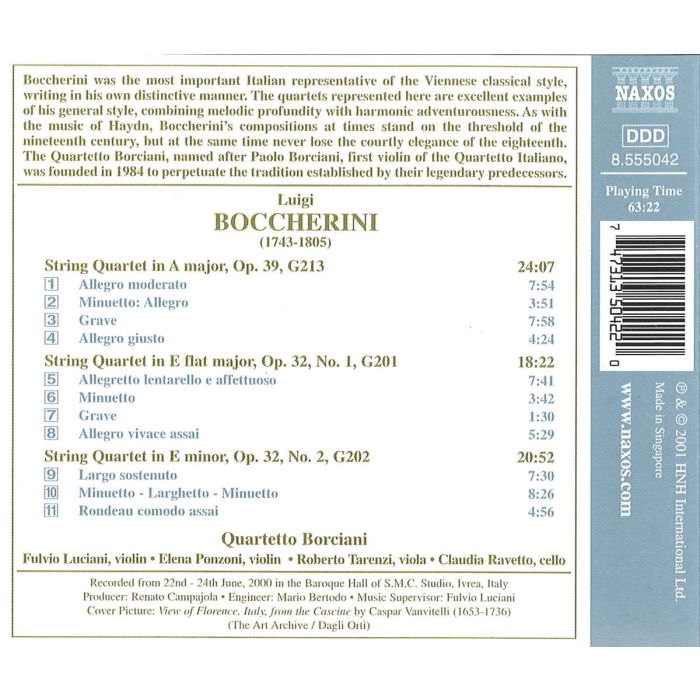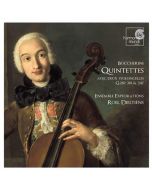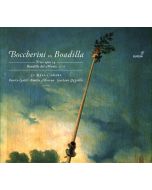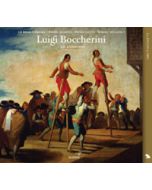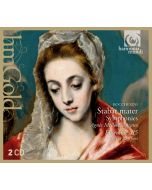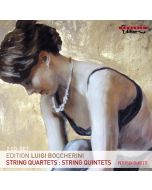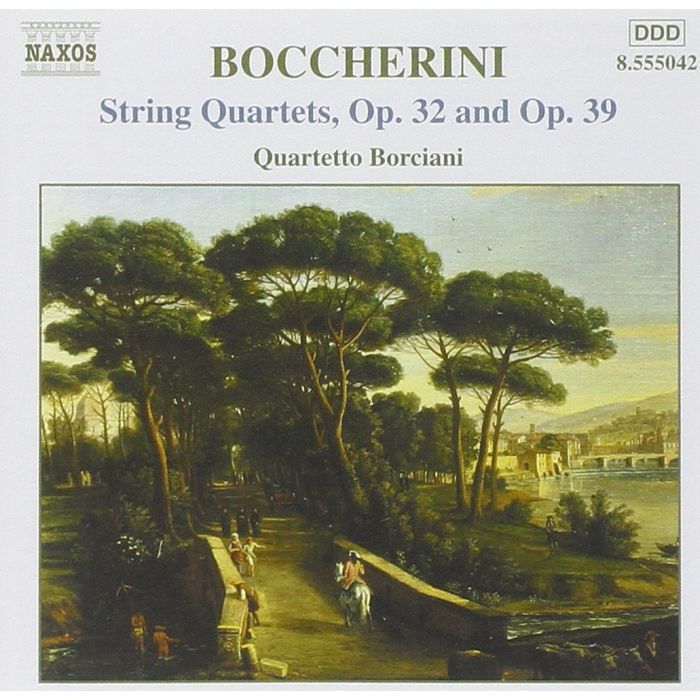
(Produkt nie został jeszcze oceniony)
kompozytor
Boccherini, Luigi
tytuł
BOCCHERINI: String Quartets op. 32 & 39
wykonawcy
Borciani Quartet
nr katalogowy
8.555042
opis
The six quartets written in 1780 and listed by Boccherini as Opus 32 and opera grande were published in Vienna by Artaria in about 1782 as Opus 33, and published, as most of Boccherini’s work was, in Paris, where it appeared in 1785. The String Quartet in E flat major, Opus 32, No. 1, opens with a graceful movement, characteristically marked Allegretto lentarello e affettuoso, and, as so often, making use of short repeated figures. It was, indeed, this last feature of Boccherini’s work that had initially caused a breach with the Prince of Asturias and the rejection of Boccherini by the Spanish court. The Prince had taken exception, it seems, to a repeated figure, do-si, in the first violin part that he was playing. His condemnation of the work as rubbish was met by the composer with the response that it was only musical ignorance that brought no recognition of the novel effects of the harmonies that accompanied the repetition. The tripartite sonata-form first movement is followed by a Minuet of particular charm, with a Trio of contrasted key. The C minor slow movement introduces an element of dramatic tension, dispelled at once in the final Allegro vivace assai. •
The second of the set, the String Quartet in E minor, Opus 32, No. 2, starts with a movement marked Largo sostenuto, replete with the darker mood suggested by the choice of key, modified in secondary material, with the necessary change of key. Boccherini combines the slow movement with the E major Minuet, which is followed, even at its repetition, by a minor key Larghetto. The quartet ends with an E major rondo which provides contrast in its episodes, one in the manner of a musette and another with greater demands on the cello.
nośnik
CD x 1
wydawca
Naxos
data wydania
10.09.2001
EAN / kod kreskowy
747313504220
58,00 zł
Produkt dostepny w niewielkiej ilości.
Wysyłka w ciągu 3 dni roboczych
Darmowa wysyłka dla zamówień powyżej 300 zł!
Darmowy kurier dla zamówień powyżej 500 zł!
sprawdź koszty wysyłki